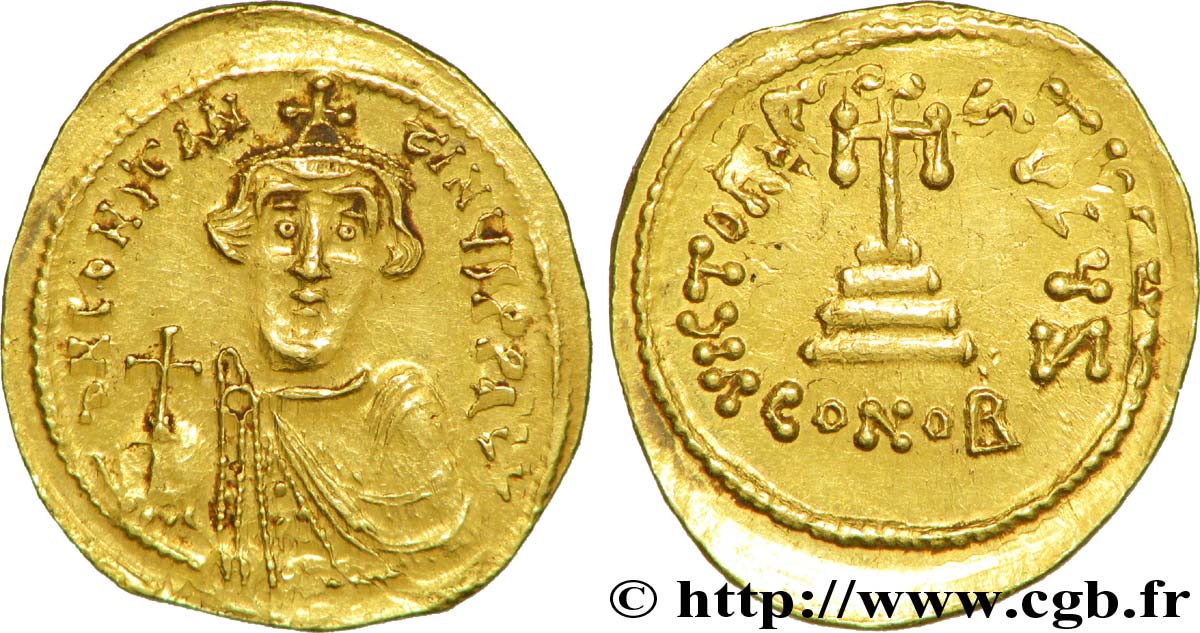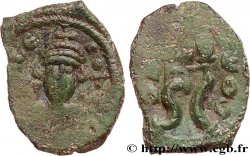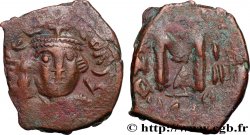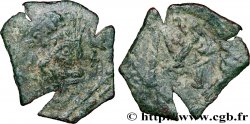bby_208992 - CONSTANS II Solidus
Not available.
Item sold on our e-shop (2012)
Price : 550.00 €
Item sold on our e-shop (2012)
Price : 550.00 €
Type : Solidus
Date: 641
Mint name / Town : Constantinople
Metal : gold
Millesimal fineness : 1.000 ‰
Diameter : 22 mm
Orientation dies : 6 h.
Weight : 4,47 g.
Rarity : R1
Officine: 7e
Coments on the condition:
Exemplaire sur un flan très large et ovale, parfaitement centré des deux côtés avec les grènetis complets. Trace de double frappe sur la légende. Joli revers avec une double frappe. Conserve son brillant de frappe et son coupant d’origine
Catalogue references :
Predigree :
Cet exemplaire provient du stock de BRED numismatique, juin 1976 (700€) et de MONNAIES 38, n° 1408
Obverse
Obverse legend : D N CONSTAN-TINYS P P AVI.
Obverse description : Buste couronné de Constans II de face, vêtu de la chlamyde, tenant le globe crucigère de la main droite.
Obverse translation : “Dominus Noster Constantinus Perpetuus Augustus”, (Notre seigneur Constantin perpétuel auguste).
Reverse
Reverse legend : VICTORIA - AVGYZ/ -|-// CONOB.
Reverse description : Croix potencée posée sur trois degrés.
Reverse translation : “Victoria Augustorum”, (Victoire des augustes).
Commentary
Visage allongé faisant penser au buste d’Héraclonas (Do 1). Ces solidi sont en fait frappés pour Constans II en début de règne. Lettre d’officine inversée.








 Report a mistake
Report a mistake Print the page
Print the page Share my selection
Share my selection Ask a question
Ask a question Consign / sell
Consign / sell
 Full data
Full data















